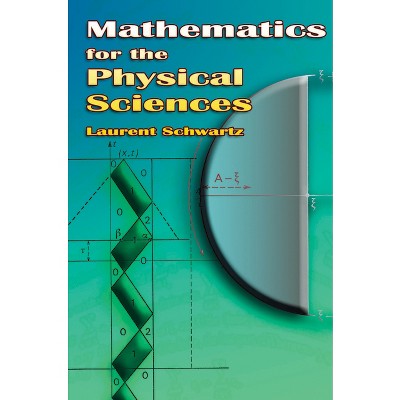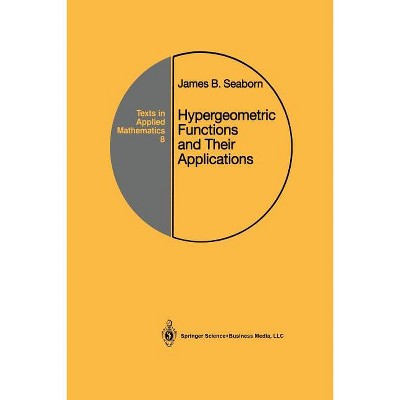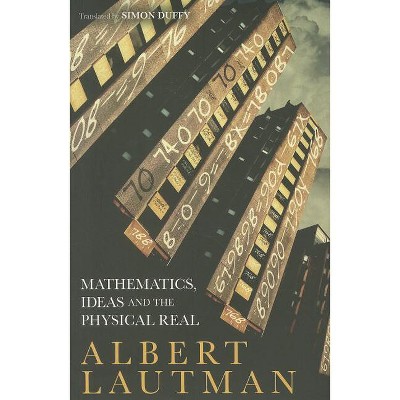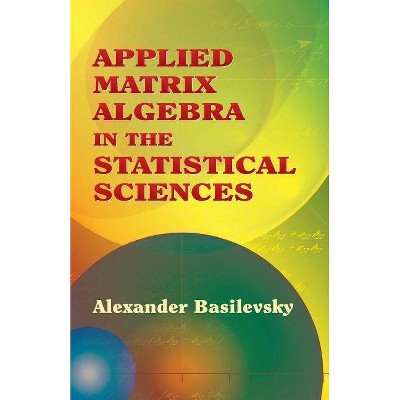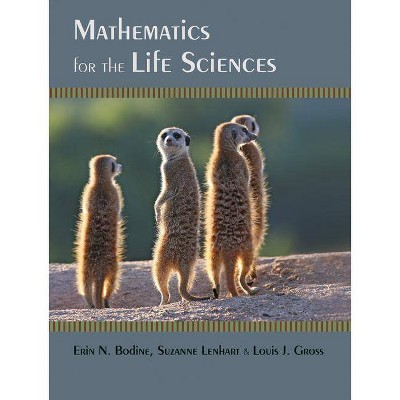About this item
Highlights
- This book is intended to provide a bridge from courses in general physics to the intermediate-level courses in classical mechanics, electrodynamics and quantum mechanics; it bases the mathematical discussions on specific physical problems to provide a basis for developing mathematical intuition.Many of the exercises call for graphical representations, and some are particularly amenable to the use of numerical methods, but the treatment avoids the implication that computers are necessary to solve the problems.
- Author(s): James B Seaborn
- 245 Pages
- Science, Physics
Description
Book Synopsis
This book is intended to provide a bridge from courses in general physics to the intermediate-level courses in classical mechanics, electrodynamics and quantum mechanics; it bases the mathematical discussions on specific physical problems to provide a basis for developing mathematical intuition.Many of the exercises call for graphical representations, and some are particularly amenable to the use of numerical methods, but the treatment avoids the implication that computers are necessary to solve the problems.Review Quotes
From the reviews:
The book is written nicely and can be very helpful for the students of physics who need mathematical background tailored especially for their needs.
--Zentralblatt Math
"Here is a bridge from courses in general physics to the intermediate-level courses in classical mechanics, electrodynamics and quantum mechanics. The author bases the mathematical discussions on specific physical problems to provide a basis for developing mathematical intuition. The text concludes with a brief discussion of variational methods and the Euler-Lagrange equation." (Meteorology and Atmospheric Physics, Vol. 84 (1-2), 2003)
"The purpose of this textbook is to collect under a single cover mathematics required for mastering intermediate-level courses in classical mechanics, electricity and magnetism, and quantum mechanics. ... A set of exercises is provided for each chapter giving the student an excellent opportunity to apply mathematical apparatus for the study of physical systems. ... The book is written nicely and can be very helpful for the students of physics who need mathematical background tailored especially for their needs." (Yuri V. Rogovchenko, Zentralblatt MATH, Vol. 986, 2002)
Shipping details
Return details
Trending Non-Fiction







